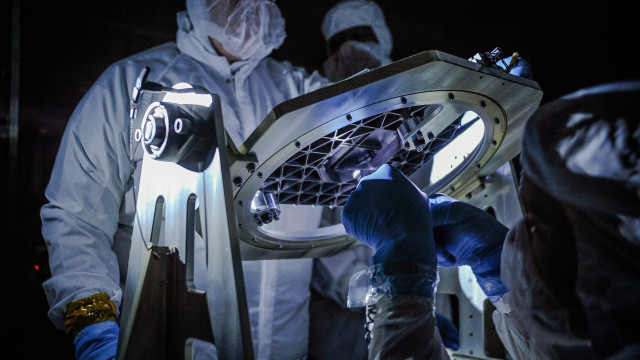The James Webb Space Telescope has discovered a massive object larger than Jupiter that appears to be producing infrared emissions from methane, in a discovery unexpected by astronomers that could be evidence of atmospheric heating from auroral processes.
The discovery puzzled astronomers because the object, an isolated brown dwarf called W1935, is cold and has no host star to provide its upper atmosphere with the energy that normally drives such methane emissions. According to the new research, it is believed that the source of the object's mysterious emissions may be due to the processes that generate its aurora.
Methane emission is usually associated with gas giants like Jupiter. The heating that occurs in the upper layers of the planet's atmosphere is the driving force for this, and astronomers believe it is also related to the bright aurora that Jupiter and other gas giants often display.
The closest sightings of the auroras occur when they are visible here on our planet, as energetic particles emitted from the Sun collide with Earth's magnetic field. Hence the mystery of W1935, which, unlike the planets in our Solar System, receives no stellar wind to fuel its visible methane emissions.
The discovery raises questions about what process could explain the brown dwarf's eerie glow, which could result from the presence of interstellar plasma or some hidden internal process, or even the presence of an active moon nearby, similar to how moons orbiting Jupiter and Saturn can also influence their auroral activity.
The discovery of W1935's strange emissions came as part of a research effort led by astronomer Jackie Faherty of the American Museum of Natural History in New York. However, the discovery of the brown dwarf was previously made by Dan Casselden, a citizen scientist responsible for the discovery of other similar objects, using NASA's Wide Field Infrared Survey Explorer. /BGNES
Unusual emissions have been detected coming from a mysterious space object







